The following is a slightly modified version of my answer here, which avoids using library(shiny.router).
The difference is using shiny::updateNavbarPage instead of shinydashboard::updateTabItems:
# remotes::install_github("rstudio/shinythemes")
library(shiny)
library(shinythemes)
ui <- navbarPage(title = "Dashboard", id = "navbarID", theme = shinytheme("flatly"),
tabPanel("Page 1", value = "page_1", "This is Page 1"),
tabPanel("Page 2", value = "page_2", "This is Page 2")
)
server <- function(input, output, session){
observeEvent(input$navbarID, {
# http://127.0.0.1:3252/#page_1
# http://127.0.0.1:3252/#page_2
newURL <- paste0(
session$clientData$url_protocol,
"//",
session$clientData$url_hostname,
":",
session$clientData$url_port,
session$clientData$url_pathname,
"#",
input$navbarID
)
updateQueryString(newURL, mode = "replace", session)
})
observe({
currentTab <- sub("#", "", session$clientData$url_hash) # might need to wrap this with `utils::URLdecode` if hash contains encoded characters (not the case here)
if(!is.null(currentTab)){
updateNavbarPage(session, "navbarID", selected = currentTab)
}
})
}
shinyApp(ui, server)

The above is using clientData$url_hash - the same could be done with clientData$url_search as shown in my earlier answer.
Edit: using mode = "push" in updateQueryString for browser navigation:
library(shiny)
library(shinythemes)
ui <- navbarPage(title = "Dashboard", id = "navbarID", theme = shinytheme("flatly"),
tabPanel("Page 1", value = "page_1", "This is Page 1"),
tabPanel("Page 2", value = "page_2", "This is Page 2")
)
server <- function(input, output, session){
observeEvent(session$clientData$url_hash, {
currentHash <- sub("#", "", session$clientData$url_hash)
if(is.null(input$navbarID) || !is.null(currentHash) && currentHash != input$navbarID){
freezeReactiveValue(input, "navbarID")
updateNavbarPage(session, "navbarID", selected = currentHash)
}
}, priority = 1)
observeEvent(input$navbarID, {
currentHash <- sub("#", "", session$clientData$url_hash) # might need to wrap this with `utils::URLdecode` if hash contains encoded characters (not the case here)
pushQueryString <- paste0("#", input$navbarID)
if(is.null(currentHash) || currentHash != input$navbarID){
freezeReactiveValue(input, "navbarID")
updateQueryString(pushQueryString, mode = "push", session)
}
}, priority = 0)
}
shinyApp(ui, server)
Alternative using clientData$url_search and mode = "push":
library(shiny)
library(shinythemes)
ui <- navbarPage(title = "Dashboard", id = "navbarID", theme = shinytheme("flatly"),
tabPanel("Page 1", value = "page_1", "This is Page 1"),
tabPanel("Page 2", value = "page_2", "This is Page 2")
)
server <- function(input, output, session){
observeEvent(getQueryString(session)$page, {
currentQueryString <- getQueryString(session)$page # alternative: parseQueryString(session$clientData$url_search)$page
if(is.null(input$navbarID) || !is.null(currentQueryString) && currentQueryString != input$navbarID){
freezeReactiveValue(input, "navbarID")
updateNavbarPage(session, "navbarID", selected = currentQueryString)
}
}, priority = 1)
observeEvent(input$navbarID, {
currentQueryString <- getQueryString(session)$page # alternative: parseQueryString(session$clientData$url_search)$page
pushQueryString <- paste0("?page=", input$navbarID)
if(is.null(currentQueryString) || currentQueryString != input$navbarID){
freezeReactiveValue(input, "navbarID")
updateQueryString(pushQueryString, mode = "push", session)
}
}, priority = 0)
}
shinyApp(ui, server)

PS: restoring a selected tab is also possible using shiny's bookmarking capabilities, as long as the navbarPage is provided with an id.
PPS: Here a related question on a navbarPage using secondary navigation can be found.

